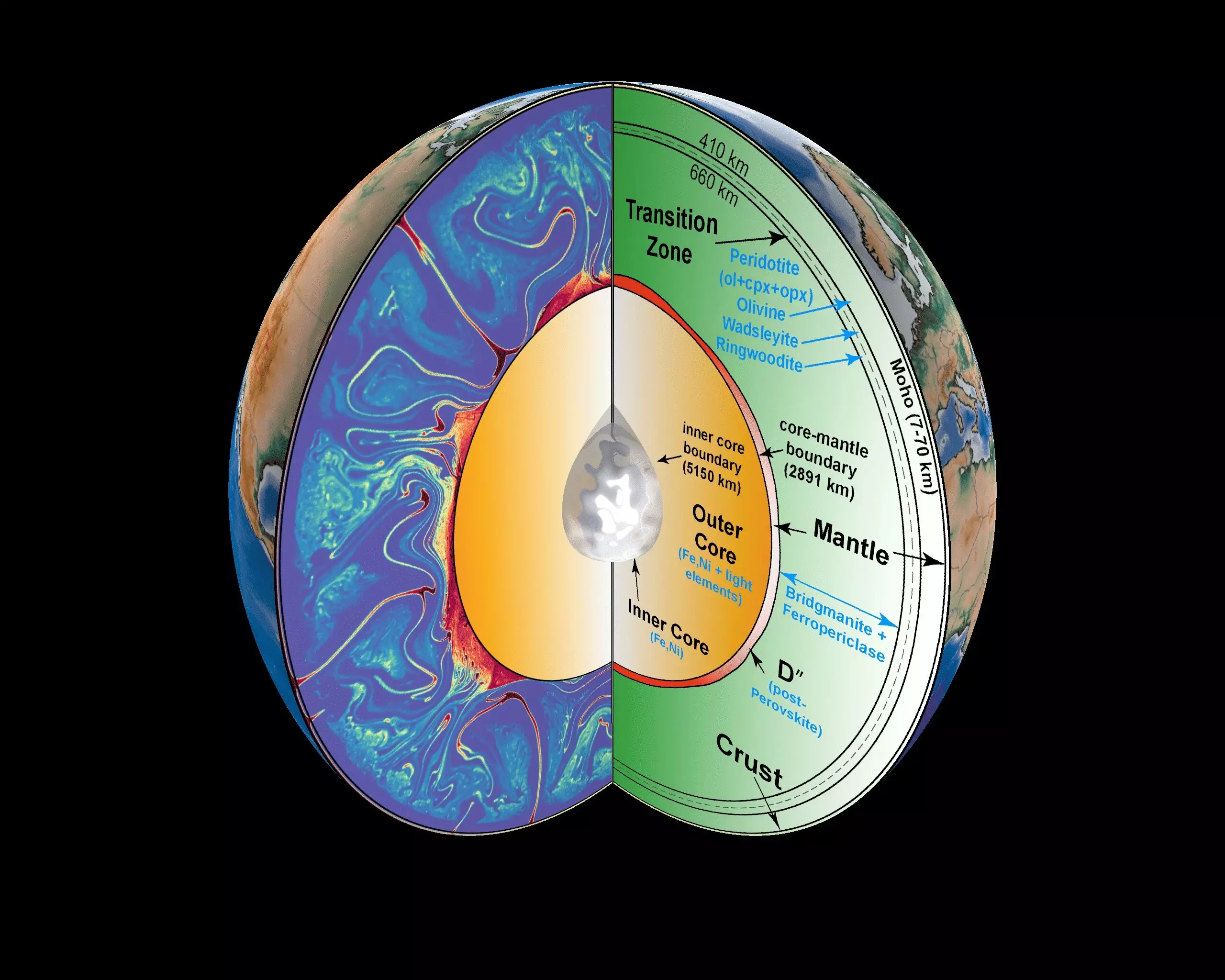The enigmatic seismic signals known as PKP precursors have long puzzled scientists, with their origin remaining uncertain since their discovery. These signals, which travel through Earth’s lower mantle and return to the surface as PKP waves at varying speeds, have finally received new insights thanks to research led by geophysicists at the University of Utah. The findings shed light on the mysterious energy propelling these precursors, hinting at their association with ultra-low velocity zones deep beneath North America and the western Pacific.
The study suggests that PKP precursors may be linked to ultra-low velocity zones (ULVZs), thin layers in the mantle where seismic waves experience significant slowdown. These ULVZs are considered some of the most extreme features on Earth, with their exact nature still baffling scientists. Lead author Michael Thorne highlights that these zones appear to accumulate beneath hotspot volcanoes, potentially giving rise to mantle plumes responsible for volcanic activity in regions like Yellowstone, the Hawaiian Islands, and Samoa. The persistent nature of these volcanoes over millions of years underscores the significance of understanding the processes occurring deep within the Earth.
Geoscientists have long relied on seismic waves to uncover the mysteries of Earth’s interior, leading to groundbreaking discoveries that have transformed our understanding of the planet. Thorne’s team focuses on waves that scatter as they pass through irregularities in the mantle, giving rise to PKP precursors. By analyzing seismic data from earthquakes around New Guinea recorded in North America, the researchers were able to pinpoint the source of these precursors along the core-mantle boundary, nearly 2,900 kilometers below the Earth’s surface. The findings suggest that ULVZs, formed at the boundary where tectonic plates interact with the core-mantle boundary, play a crucial role in generating these seismic signals.
Thorne’s research indicates that ULVZs are not restricted to hotspot regions but are distributed across the core-mantle boundary beneath North America. These zones, ranging from 20 to 40 kilometers in thickness, are believed to form as a result of interactions between subducted tectonic plates and the core-mantle boundary in the oceanic crust. The dynamic process of melting mid-ocean ridge basalts may be responsible for generating these ULVZs, which then migrate across the Earth and accumulate beneath hotspot regions. Thorne’s findings suggest that these zones play a crucial role in Earth’s geophysical processes, influencing the formation of Large Low-Velocity Provinces beneath the Pacific and Africa.
Looking Towards the Future
While Thorne’s research offers valuable insights into the origin of seismic signals and the role of ULVZs, many questions still remain unanswered. The process of ULVZ generation and its global implications warrant further exploration and investigation to deepen our understanding of Earth’s dynamics. Future research endeavors will likely focus on unraveling the complex interactions within the Earth’s interior and the implications of ULVZs on geological phenomena. By continuing to push the boundaries of scientific inquiry, we can unlock the secrets hidden deep within the Earth and gain a more comprehensive understanding of our planet’s intricate processes.


Leave a Reply